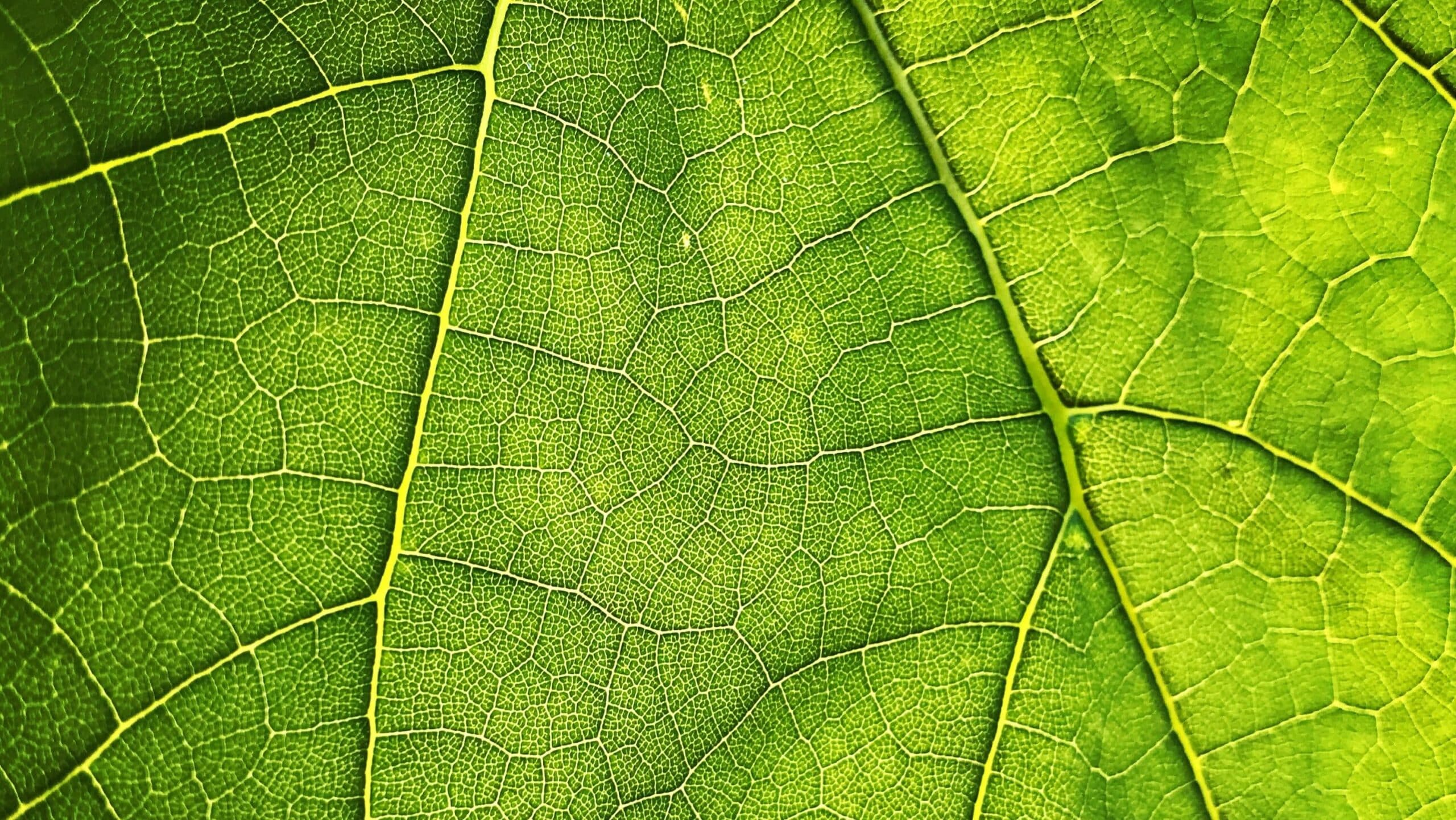Scientists Use Satellites To Track Earth ‘Greening’ Amid Climate Change

North Carolina State University researchers used satellite imagery and field sensors to estimate worldwide changes in plant leaf growth due to global warming. The researchers found that changes in “greening,” or the amount of leaves plants are able to produce, will play a significant role in how much carbon dioxide plants capture and store.
“As we work to anticipate the future climate, a big question is: What’s going to happen to vegetation, one of the largest stores of carbon on earth?” said study co-author Josh Gray, associate professor of forestry and environmental resources at NC State. “We know temperatures will rise and the growing season will be longer in most places, but there are a lot of unknowns about how that will affect how carbon is cycled between plants and the atmosphere. Our new results allow us to be more confident about what those changes will be.”
In addition to changing the timing and length of the seasons, Gray said climate change has also meant new plant growth in some areas. However, changes in the climate could also contribute to what they call “browning.” In addition, Gray said higher temperatures can interfere with plant photosynthesis. A major outstanding question for climate change researchers is how changes in season length and “greening” versus “browning” will impact how much carbon dioxide plants will take up from the atmosphere at a global scale. This is particularly important given that carbon dioxide is a greenhouse gas that contributes to global climate change.
“An earlier spring might be good for plant productivity because you have a longer period of carbon uptake,” said the study’s first author Xiaojie Gao, a graduate student in NC State’s Center for Geospatial Analytics. “However, a longer autumn might make the situation worse. In autumn, plants tend to emit carbon.”
In the study published in Global Biogeochemical Cycles, researchers wanted to understand the role of growing season length, as well as the numbers of leaves plants are producing, in carbon uptake. To do that, they used satellite measurements of infrared light between 2000-2014 to measure plant leaf biomass. Plants can’t use infrared light for photosynthesis, so they reflect it.
“Healthy green leaves are sort of like infrared mirrors,” Gray said. “So, they look really ‘bright’ to satellites in these wavelengths. With a few tricks, we can calculate an index that is the combination of how bright a place is in infrared and red wavelengths, and corresponds to how many leaves are in a place.”
In addition, researchers used sensors on towers in the field to measure the exchange of carbon dioxide between plants and the air in order to calculate how much carbon plants removed from the atmosphere each year during photosynthesis.
They found the amount of leaf biomass, or the amount of leaves plants produce in a year, has a bigger impact on net carbon uptake than changes in the growing season length.
“There are some places where we have more leaves than we used to have, particularly at the higher latitudes,” Gray said. “There are also some places where spring might be coming early, and fall might be coming late. These changes are all affecting the amount of photosynthesis that is going on, but the amount of leaves plants are producing has a stronger association with carbon uptake than changes in growing season length. In other words, we found that greening trends were more important pound for pound than an extension in the growing season for carbon uptake.”
Gray said their findings also suggest satellite imagery could be a helpful tool to help track changes in plant growth, and changes to the carbon cycle, as the climate changes. In addition, their findings should inform future predictions of plants’ future role in carbon capture.
“Is the vegetation across the globe going to get more productive? That part of the carbon budget has pretty big error bars on it,” Gray said. “We think we can use this information in the future to be more confident about what those changes might look like.”
The study, “Observations of satellite land surface phenology indicate that maximum leaf greenness is more associated with global vegetation productivity than growing season length,” was published in Global Biogeochemical Cycles. Co-authors included Ian R. McGregor, Josh M. Gray, Mark A. Friedl, and Minkyu Moon. Funding was provided through NASA grant #80NSSC18K0334.
-oleniacz-
Note to editors: The abstract follows.
“Satellite land surface phenology observations suggest that maximum leaf greenness has a larger impact on global vegetation productivity more than extending growing season length”
Authors: Xiaojie Gao, Ian R. McGregor, Josh M. Gray, Mark A. Friedl, and Minkyu Moon.
Published online in Global Biogeochemical Cycles on Feb. 24, 2023.
DOI: 10.1029/2022GB007462
Abstract: Vegetation green leaf phenology directly impacts gross primary productivity (GPP) of terrestrial ecosystems. Satellite observations of land surface phenology (LSP) provide an important means to monitor key timing of vegetation green leaf development. However, differences between satellite-derived LSP proxies and in-situ measurements of GPP make it difficult to quantify the impact of climate-induced changes in green leaf phenology on annual GPP. Here we used 1,110 site-years of GPP measurements from eddy-covariance towers in association with time series of satellite LSP observations from 2000-2014 to show that while satellite LSP explain a large proportion of variation in annual GPP, the changes in green-leaf-based growing season length (GSL) had less impact on annual GPP by ∼30% than GSL changes in GPP photosynthetic duration. Further, maximum leaf greenness explained substantially more variance in annual GPP than green leaf GSL, highlighting the role of future vegetation greening trends on large-scale carbon budgets. We conclude that satellite LSP-based inferences regarding large-scale dynamics in GPP need to consider changes in both green leaf GSL and maximum greenness.
This post was originally published in NC State News.